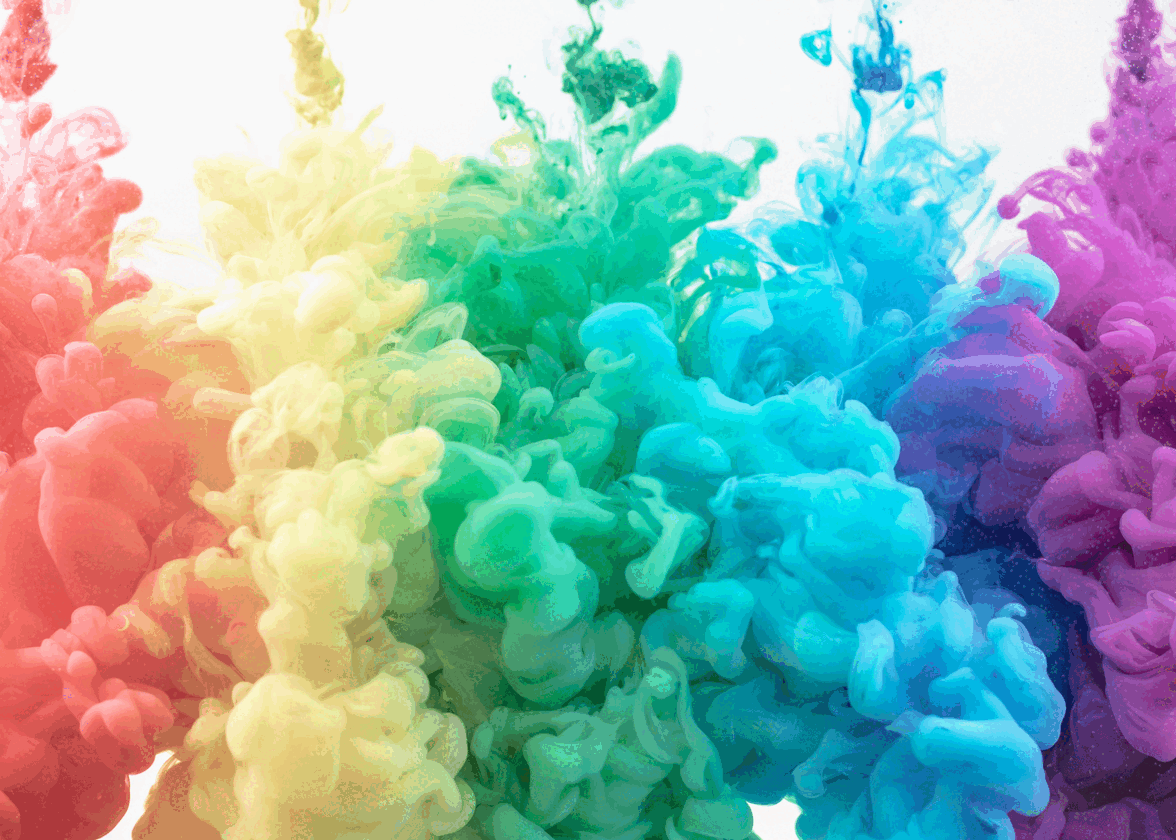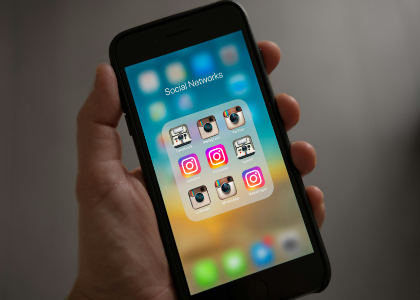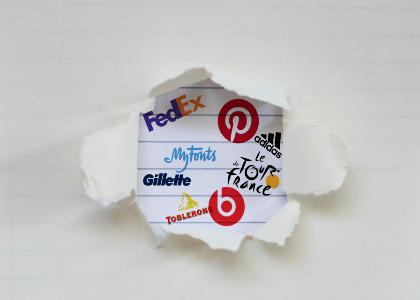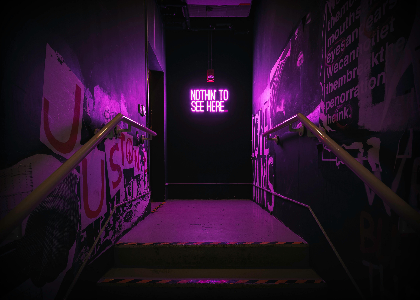Blog

2023 Color Trends: What You Need to Know
Color trends are a product of the world we live in today, where access to information and colored images is readily available. In the past, before the era of film, TV, the Internet, and smartphones, people didn't have immediate access to color images. Artwork in museums and churches, as well as printed material like books and magazines, were the only means of distributing images and information. So, the association of color is more about building visual memory with these materials than just choosing a color of likes.
Did you know? Tiffany's iconic robin's egg blue boxes were inspired by Empress Eugenie de Montijo's signature light turquoise, a shade similar to that of her role model, Marie Antoinette.
Nowadays, we're inundated with information from various sources, including designers, celebrities, brand logos, and forecasting agencies that proclaim a "Color of the Year." Yet, a simple Google search about ‘Color of the Year will yield over 19 billion results on color trends.
As we know, color is essential for any brand or manufacturer to stand out in today's crowded market. But with so many colors, how do you know which will work best for your product or design? Enter Pantone, the go-to for color-related decisions in the design and manufacturing world. With over 10 million designers and producers relying on their products and services, Pantone provides a universal language of color that enables color-critical decisions through every stage of the workflow. Pantone shades are universally acclaimed. Pantone’s study on which color appeals the most to human psychology based on the current universal trends is defined as a ‘Color Trend of the Year.’
The Correlation between Colors and human psychology
Apart from astrologists, we believe in the power of colors. They can inspire, calm, and influence our choices. Brands invest millions in a world where first impressions matter and competition is fierce; color holds immense power. Let’s take a deeper dive into the effects of colors on our decision-making;
White: The color white can feel fresh, clean, and classy. The color is often used to evoke a sense of youth and modernity. Chanel’s logo is the best example of a classy and youthful brand.
Yellow: Yellow is a color of happiness. A color that guarantees you refreshing times and happy memories. Does McDonald’s ring a bell?
Blue: Blue is often described as a great choice for corporate logos. A color trend that has stood for stability and safety for centuries. VISA, CISCO, and Pfizer are some of the best examples of the color blue logo inspiration.
Red: Red is a striking color that promises to make an impression. It's a color of power, action, and confidence. Brands like CNN, Netflix, and Marvel promise to deliver action-driven boldness in their businesses.
Black: Black defines luxury and power. It is a mysterious, powerful, and sexy color that plays well with brands that denote class. Brands like Cartier and Mont Blanc use black as their signature color.
While these colors have been universally accepted and used for centuries to define the nature of color trends in advertising, in 2023, these trends are changing. A new set of colors is being experimented with in logo and website design, home decor, and many more colorful fields.
Pop it bright and loud.
The usage of pop bright colors is known as the acidic color trend. It involves visually stimulating colors that may cause slight discomfort to the eyes but in an aesthetically pleasing way. It's based on scientific principles, drawing inspiration from acidic substances. As the acidity of a substance increases, so does its brightness of color.
Monster Energy drink’s neon green logo on black background shows the best use of pop colors to depict the energy and performance of the product.
Silver chrome
Silver chrome is a popular color choice for logos because it signifies sophistication, modernity, and luxury. It is particularly popular in the automotive, technology, and sports industries. Some notable examples of silver chrome logos include Mercedes-Benz, BMW, Google Chrome, and the NFL. Silver chrome's reflective and metallic properties also make it a great choice for logos that need to catch the eye and stand out, especially in digital and print media. Overall, silver chrome is a versatile and timeless color that can add a touch of elegance and prestige to any logo design.
Mediterranean hues
The warm Mediterranean color trend draws inspiration from the Mediterranean region's earthy tones, including terracotta, clay, olive, and burnt orange shades. This color scheme creates a warm and inviting atmosphere, evoking comfort and relaxation. It is a popular choice for food, hospitality, and fashion brands.
Examples of brands that use this color trend include Airbnb, whose brand design uses shades of terracotta and warm orange to create a welcoming and comfortable vibe. Another example is the fashion brand Zara, which uses warm Mediterranean colors in its store design and clothing collections, creating a stylish and inviting atmosphere. Additionally, the restaurant chain Nando uses warm Mediterranean tones in its branding and interior design, creating a cozy and inviting atmosphere for its customers.
Color of the year- VIVA Magenta
The color trend that's taking the world by storm - Pantone's Color of the Year, Viva Magenta. This bold and resilient hue is all about paving the way for a brighter future, especially as we navigate life after a pandemic, embrace new technology, and tackle global issues like economic instability, climate change, and war. With its limitless potential for expression and experimentation, this rebellious color inspires us to take bold steps toward building a better world. So if you're looking to make a statement and join the movement, Viva Magenta is the perfect color for you.
When choosing a color for your logo and branding, you should keep a few things in mind. First and foremost, consider your target audience. What colors are they drawn to? What emotions do they associate with those colors? Next, think about the message you want to convey. Is your brand playful or serious? Modern or traditional? The colors you choose should reflect your brand's personality.
Additionally, it's important to stay up-to-date on industry trends and color psychology. By carefully selecting a color palette, you can create a strong and memorable identity that resonates with your audience. So go ahead and paint the town red… blue, green, or whatever color suits your brand best!
More tips and tricks on the blog


